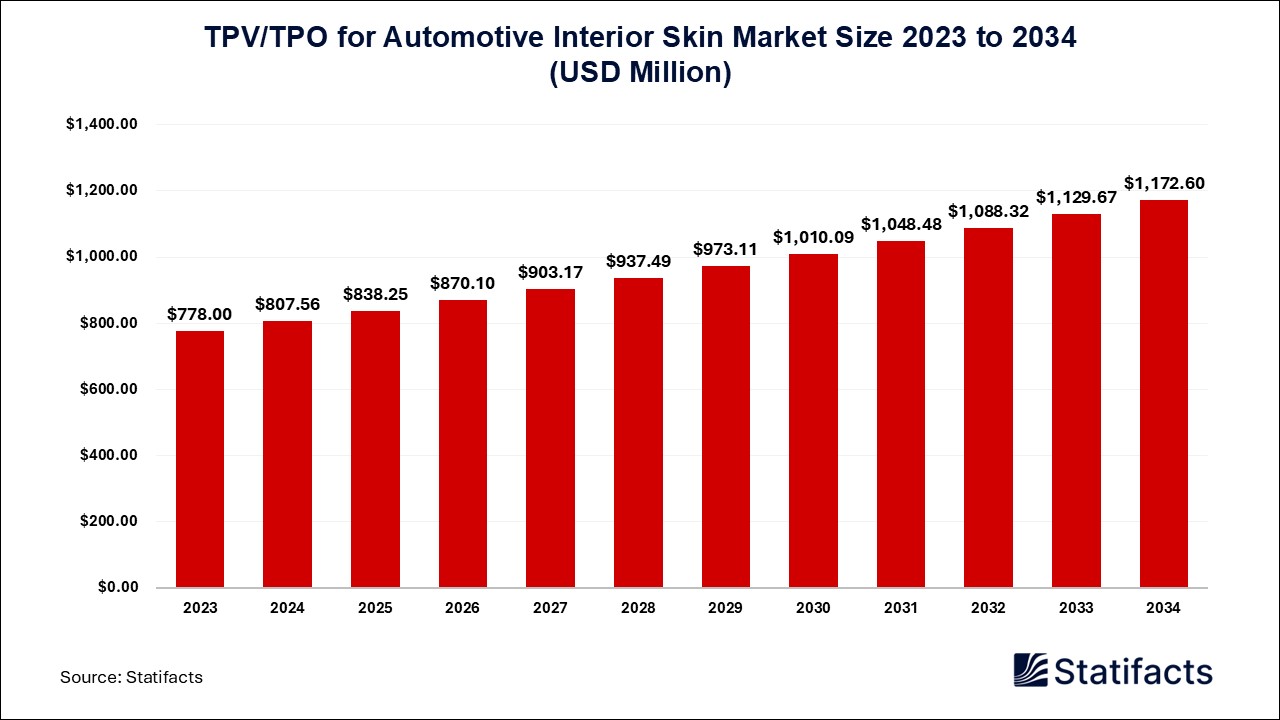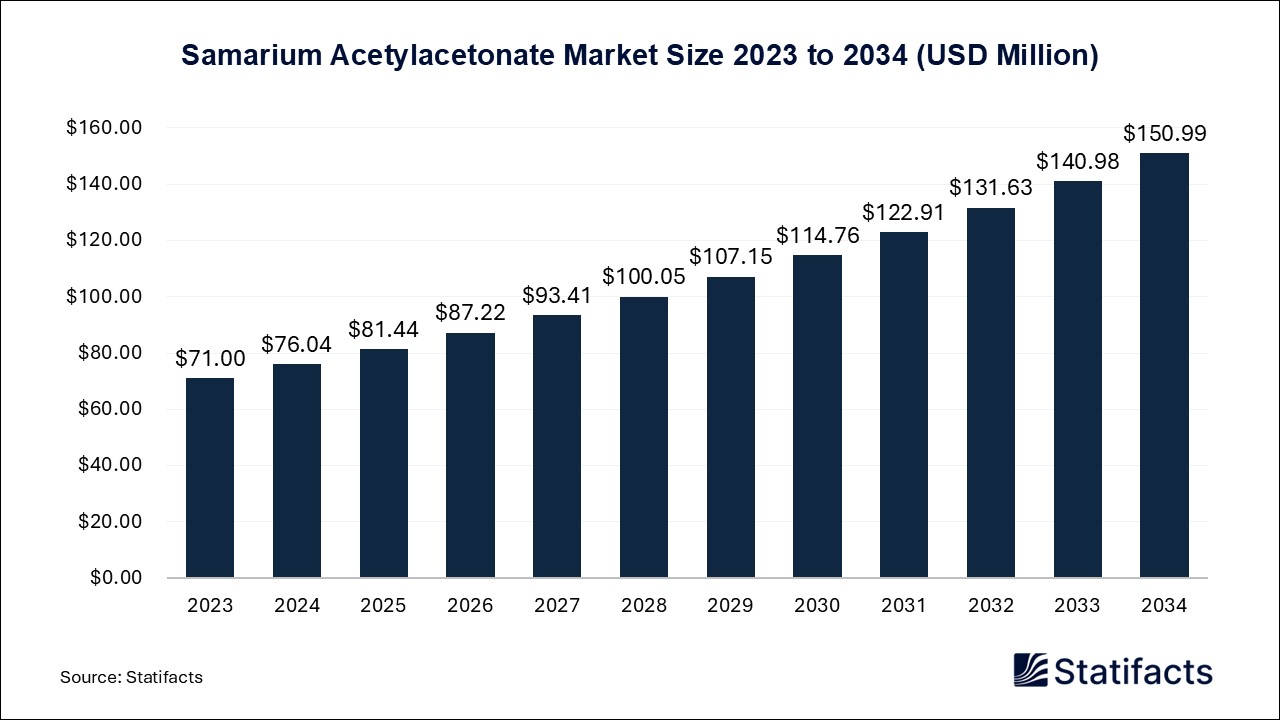
By clicking “Accept All Cookies” you agree to the storing of cookies on your device to enhance site navigation, analyze site usage, and assist in our marketing efforts.
Privacy PolicyThe U.S. urinary catheters market size accounted for USD 1,760 million in 2024 and is expected to exceed around USD 2,810 million by 2034, growing at a CAGR of 4.8% from 2025 to 2034.
The U.S. urinary catheter market deals with the production and sale of indwelling catheters, also referred to as foley catheters in the country. These catheters are flexible tubes inserted through the urethra and into the bladder to facilitate the efficient drainage of urine. They play a crucial role in urology, aiding individuals with bladder dysfunction by directing urine into collection bags and mitigating urology-related complications. Foley catheters are primarily employed when a person encounters difficulties with urination, such as urinary incontinence, urinary retention, or following surgeries involving the prostate or genital region. These indwelling catheters can be utilized for varying durations, depending on the patient's specific needs and medical condition. They find application in cases involving conditions such as dementia with severe urinary incontinence or when the bladder's muscle function is compromised.
The U.S. catheter market is driven by the increasing prevalence of chronic conditions such as cardiovascular and urological disorders. The market is influenced by factors like advancements in technology, including antimicrobial coatings and AI-driven solutions. The aging population and rising awareness of minimally invasive procedures also play significant roles and so the overall market is characterized by a strong presence of leading medical device manufacturers.
| Industry Worth | Details |
| Market Size in 2024 | USD 1,760 Million |
| Market Size in 2025 | USD 1,850 Million |
| Market Size by 2034 | USD 2,810 Million |
| Market Growth Rate from 2025 to 2034 | CAGR of 4.8% |
The increasing prevalence of chronic diseases, such as cardiovascular and urinary disorders, is a major driver, as these conditions require frequent catheter use for diagnosis and treatment. The market is also driven by supportive reimbursement policies and an increasing need for home healthcare solutions.
The increasing prevalence of urinary incontinence is expected to be a key driver as more individuals seek solutions for this common condition. The rising incidence of prostate cancer and the subsequent need for catheters during treatment offer lucrative opportunities for the market. Furthermore, the availability of reimbursement for indwelling catheterization procedures in developed countries is likely to boost market expansion by making these products more accessible to patients. Also, ongoing advancements in catheter design and materials have enhanced safety and comfort which is leading to greater acceptance and utilization of indwelling catheters among both healthcare providers and patients. Lastly, medical requirements, particularly the need for precise urine output measurements in critical care settings, contribute to the rising demand for these catheters.
The rising demand for Minimally Invasive Surgeries, which is a common condition called Peripheral artery disease (PAD), often requires surgical techniques such as catheterization. Instead of conventional surgery, patients affected by PAD prefer angioplasty procedures, which is fueling the demand for such interventions. Thus, the growing preference for minimally invasive surgeries in emerging markets drives the growth of the catheters market.
Globally, the market for catheters has been driven primarily due to an increase in the frequency of cardiovascular disease patients amongst the global population along with the increasing demand for minimally invasive surgeries. The growth of demand for the catheter market is also fueled by the rising incidences of diabetes, cardiovascular diseases, urinary bladder failure, and kidney failure. However, the increasing incidences of nosocomial urinary tract infection/catheter-related urinary tract infection are likely to restrain the growth of the global catheter market. Nonetheless, ongoing research and development in the medical and healthcare sectors are likely to bring new growth avenues to the medical device industry.
A major restriction to the U.S. catheter market is the stringent regulatory framework, which requires compliance with FDA guidelines and potentially limits market entry for new players. Additionally, affordability issues and limited reimbursement options for certain catheter procedures can hinder adoption, and the risk of catheter-associated infections also poses a significant challenge, necessitating ongoing innovation in antimicrobial coatings and infection prevention measures. The high costs of advanced catheter devices further restrict market growth and therefore, these factors collectively impact the market dynamics and patient access to catheter technologies.
The exponential growth in AI is driving growth in the U.S. catheter market by enhancing catheter design and production, leading to increased accuracy and reduced use-related issues. The AI-assisted catheter placement improves precision in minimally invasive procedures, which boosts patient outcomes. Additionally, AI-powered predictive analytics help healthcare providers monitor patients more effectively and create customized treatment plans. These advancements contribute to the market's growth, which is driven by an aging population and rising chronic diseases. The U.S. catheter market is expected to grow significantly due to these technological innovations and increasing demand for minimally invasive treatments.
There are a number of new technologies being developed that could improve the safety and efficacy of indwelling catheters. These include catheters that are coated with antimicrobial agents to prevent infection, catheters that are made of biodegradable materials that can be absorbed by the body, and catheters that are equipped with sensors to monitor urine output and detect infections. The U.S. catheter market is poised for growth due to increasing chronic conditions and technological advancements. Also, opportunities arise from the adoption of innovative materials and designs, such as antimicrobial coatings, which enhance patient safety and comfort. Additionally, the rising demand for minimally invasive procedures and the growing awareness of early disease diagnosis will further drive market expansion.
Published by Kesiya Chacko
| Subsegment | 2024 | 2025 | 2026 | 2027 | 2028 | 2029 | 2030 | 2031 | 2032 | 2033 | 2034 |
|---|---|---|---|---|---|---|---|---|---|---|---|
| Intermittent Catheters | - | - | - | - | - | - | - | - | - | - | - |
| Foley/Indwelling Catheters | - | - | - | - | - | - | - | - | - | - | - |
| External Catheters | - | - | - | - | - | - | - | - | - | - | - |
| Subsegment | 2024 | 2025 | 2026 | 2027 | 2028 | 2029 | 2030 | 2031 | 2032 | 2033 | 2034 |
|---|---|---|---|---|---|---|---|---|---|---|---|
| Benign Prostate Hyperplasia | - | - | - | - | - | - | - | - | - | - | - |
| Urinary Incontinence | - | - | - | - | - | - | - | - | - | - | - |
| Spinal Cord Injury | - | - | - | - | - | - | - | - | - | - | - |
| Others | - | - | - | - | - | - | - | - | - | - | - |
To get full access to our Market Insights, you need a Professional Account or a Business Suite.

You will receive an email from our Business Development Manager. Please be sure to check your SPAM/JUNK folder too.

You will receive an email from our Business Development Manager. Please be sure to check your SPAM/JUNK folder too.

Our customers work more efficiently and benefit from



